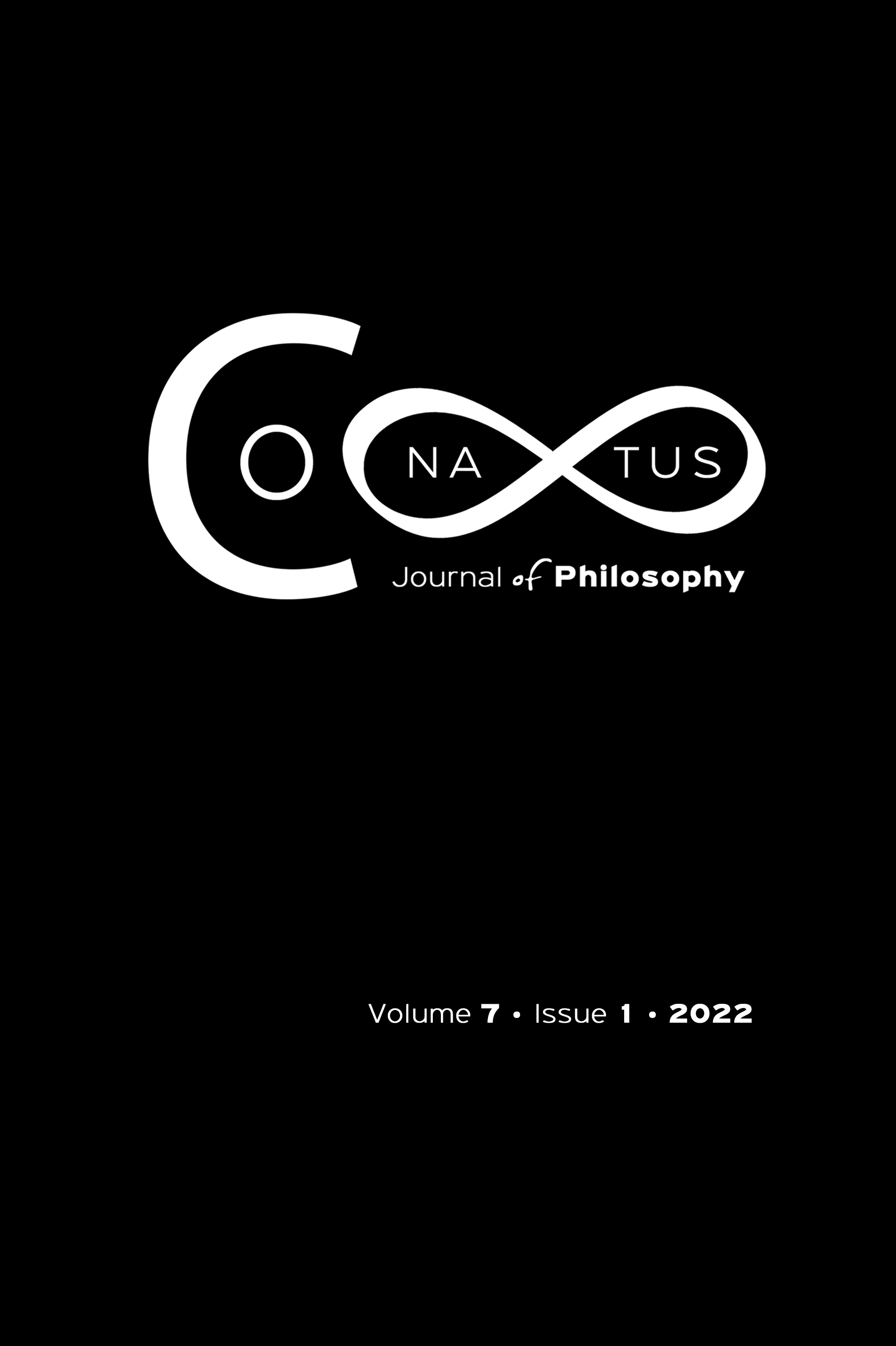Physicians' Role in Helping to Die

Abstract
Euthanasia and the duty to die have both been thoroughly discussed in the field of bioethics as morally justifiable practices within medical healthcare contexts. The existence of a narrow connection between both could also be established, for people having a duty to die should be allowed to actively hasten their death by the active means offered by euthanasia. Choosing the right time to end one’s own life is a decisive factor to retain autonomy at the end of our lives. However, there is no definitive consensus on why physicians should be the ones performing the medical procedure to end a person’s life. The moral problems arising from such assertion are not to be taken lightly, for medical tradition has long regarded the duty not to kill, not to actively end a patient’s life, as the core moral obligation that gives meaning to the medical profession. Our concern is to question the moral justifiability of the arguments offered by physicians not to actively help patients die.
Article Details
- How to Cite
-
Guerrero Quiñones, J. L. (2022). Physicians’ Role in Helping to Die. Conatus - Journal of Philosophy, 7(1), 79–101. https://doi.org/10.12681/cjp.29548
- Section
- Articles

This work is licensed under a Creative Commons Attribution-NonCommercial 4.0 International License.
Authors who publish with this journal agree to the following terms:
Authors retain copyright and grant the journal right of first publication with the work simultaneously licensed under a Creative Commons Attribution Non-Commercial International License (CC BY-NC 4.0) that allows others to share the work with an acknowledgement of the work's authorship and initial publication in this journal.
Authors are able to enter into separate, additional contractual arrangements for the non-exclusive distribution of the journal's published version of the work (e.g. post it to an institutional repository or publish it in a book), with an acknowledgement of its initial publication in this journal.
Authors are permitted and encouraged to post their work online (preferably in institutional repositories or on their website) prior to and during the submission process, as it can lead to productive exchanges, as well as earlier and greater citation of published work.





